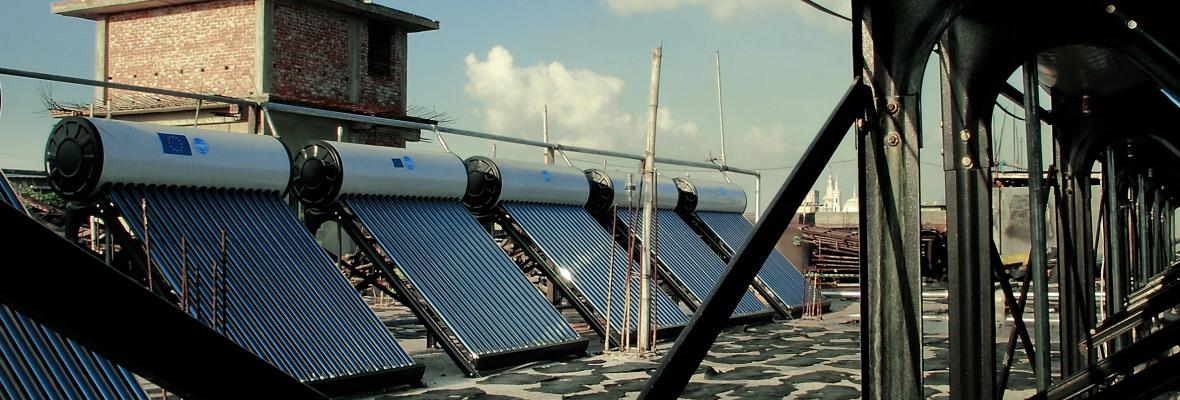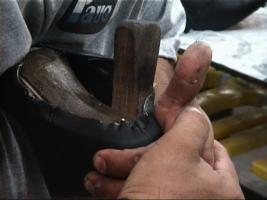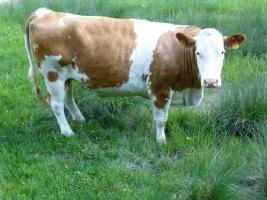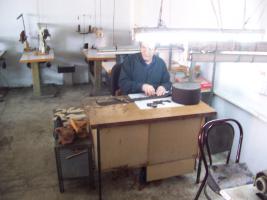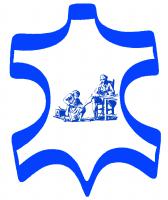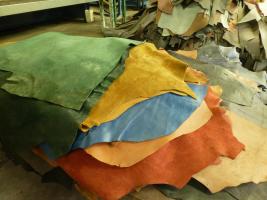UNIDO has prepared and published over one hundred publications, papers, manuals and guidelines, primarily aimed at technical experts and policy makers in developing countries, though many are used by sector-related institutions and development organizations elsewhere.
The website www.leatherpanel.org is intended to provide an easy access to information sources on the leather, footwear and leather products industry, as well as to UNIDO publications related to the leather sector in one place, including earlier publications that were previously only available in hard copy.









